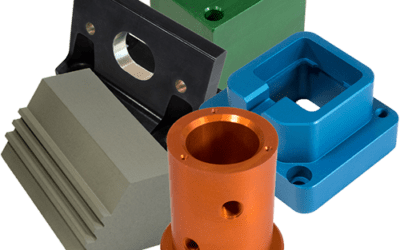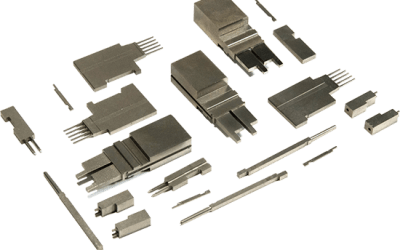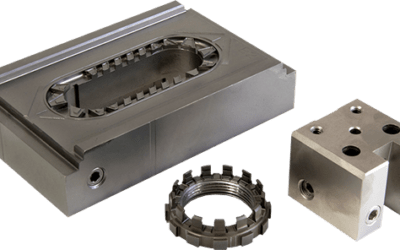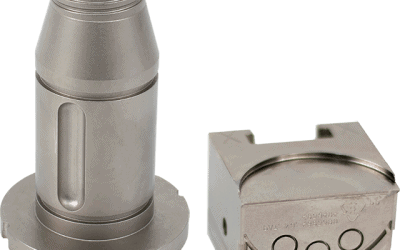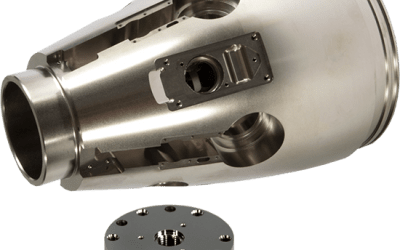Benefits Of Anodizing Components Up To MIL-A-8625 for Corrosion Resistance
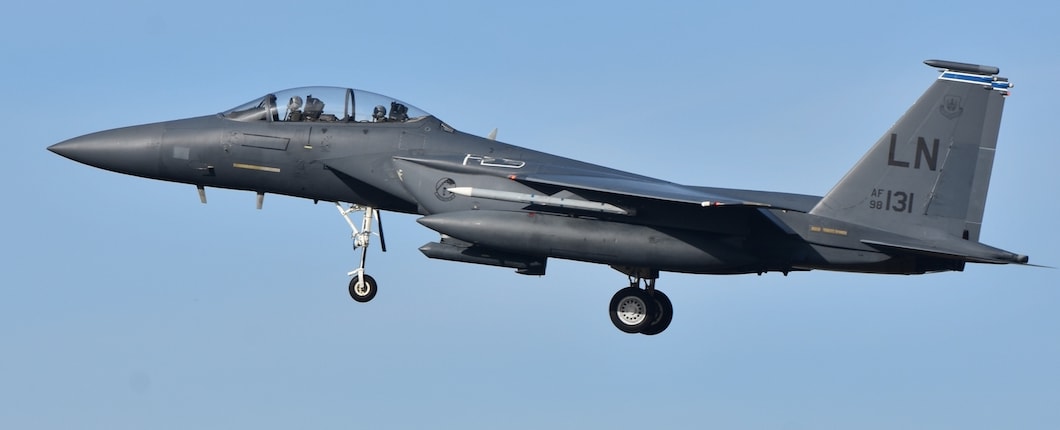
Benefits Of Anodizing Components Up To MIL-A-8625 for Corrosion Resistance
Military specification MIL-A-8625 is the model spec for many components that need to be anodized for the military and/or aerospace industry. The specification covers all the requirements needed for six types and two classes of electrolytically formed anodic coatings on aluminum and aluminum alloys. MIL-A-8625 is also the basis for many other specifications (that may or may not be proprietary for individual companies) generally for applications that are non-architectural in nature. Below are the types PFI Inc. covers:
- Type II – Sulfuric acid anodizing, conventional coatings produced from sulfuric acid bath,
- Type IIB – Thin sulfuric acid anodizing, for use as a non-chromate alternative for Type I and IB coatings
- Type III – Hard Anodic Coatings
The added benefits for components anodized at the MIL-A-8625 specifications are to provide corrosion resistance, improved paint adhesion and abrasion resistance under severe service conditions, or as a base for paint systems. Coatings for Type II can be colored with a large variety of dyes and pigments and is sometimes referred to as “regular anodizing” or “clear anodizing.” Mil-A-8625 Type III anodic coatings, also referred to as a hardcoat finish, are produced using higher current densities and higher voltage than Type II coatings, resulting in that anodized finish to have a hardness of 65 RC with an additional overall thickness build-up of about 0.001” on the surface and into the surface. Type III is extremely resistant to marine and atmospheric corrosion and contains a high level of lubricity and resistance to fire and heat. Additionally, the finished product is non-conductive and compatible with adhesives.
Determining what the most cost-effective thickness is for the application of the anodized part is somewhat of a collaboration between the customer and the anodizer. The experts at Progress for Industry will be able to provide the proper recommendation depending on end-use. In many cases, orders coming in using the Mil-A-8625 specification can be alternated with other finishes, so make sure to contact PFI to talk to one of our anodizing experts to make sure the right finish is being applied per the right application.
Architectural Spec AAMA 611-98 vs MIlitary Spec Mil-A-8625
Especially when it comes to Mil-A-8625 Type II, there can be an overlap with the specifications. An example of this is AAMA 611-98 which is similar, but there are some key variations between the specifications. The main difference is that AAMA 611-98 (American Architectural Manufacturers Association) is mainly used for architectural purposes, whereas Mil-A-8625 is used for non-architectural applications. Both specs have class I and class II finish options, but they are not to be confused with one another as they both mean different things. For AAMA 611-98, class I is a high-performance finish mainly used for exterior applications. Class II is an anodic coating used for more unimposing commercial applications. Mil-A-8625 is much more simple; class I refers to non-dyed coatings, and class II means the coating is dyed / colored after anodizing and before sealing. PFI generally offers options for blue, red, yellow, green, and black coloring, though other colors may be available by request. Another main difference between these two specifications is that the AAMA also calls out quality tests that a customer may or may not want performed by the anodizer or a third-party lab.
Please note that PFI does not use the AAMA 611-98 specification, but anodize using Mil-A-8625 which is extremely similar. Please contact us with specific questions in regards to these specs.
PFI Inc: The Industry Expert on Anodizing and other Plating Services
General manager Gene Bianco is keen on making sure there is a procedure in place for every anodizing process available at PFI. For over 30 years, Progress for Industry, Inc. has created excellent metal finishing services for the molding industry — many of PFI’s workers have been there since its first establishment in 1982. Our team excels in maintaining dimensional excellence even in intricate designs when providing any anodizing service from thick protective layers to light layers for daily use. With our team’s experience, we are confident in working within tight specifications. Aside from Anodizing, other popular metal finishing services include: Dura Slick, Nickel Boron Nitride, Lubricoat, Electroless Nickel Coatings, and other services such as chrome plating, chrome impregnation, electrodeposited tin plating, zinc plating, passivation, and electropolishing.
